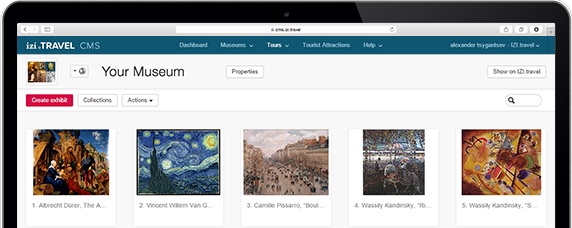Pagan cult objects. Udmurts.
Pagan cult objects. Udmurts.
Pagan cult objects. Udmurts. Late 19- early 20th centuries. I.K. Zelenov’s collection 1904-1906, Vyatka and Kazan governorates,.
Among the objects acquired by I.K.Zelenov, unique cult items form important unit of relics. Although the peoples of the Volga-Ural region were officially considered Orthodox Christians as early as in 18th century, performance of traditional cults persisted in communities through 19-20th century up to the present times. Purchasing of cult objects was extremely difficult task and their presence in the RME collection one more time underlines outstanding gifts of collector. At exhibit you can see a set of objects used during family prayers in the special shrine kuala (log cabin without windows): the vorshud chest, utensils for sacrificial food and small box for candles. Family shrine kuala usually formed part of Udmurt farmstead. The sacred family hearth and mudor - the special shelf for vorshud chest, the place where the family protector vorshud “resided”, were kept in kuala. The word shud means “fortune, lot”. The figurine representing the vorshud, pieces of sacrificial food, shreds of textile, feathers of waterfowl which cult is typical for all Finno-Ugric peoples were put in chest. The vorshud was implored to help in all activities, to give good harvest, to ensure family’s well-being and health of all its members. Up to 70 prayers were performed during every year. It was believed that insufficient worship of vorshud could bring down ancestors’ anger on family and provoke misfortunes.
Among the cult objects kept in the kuala there were special utensils for sacrificial food and small box with candles used during rituals.
Among the objects acquired by I.K.Zelenov, unique cult items form important unit of relics. Although the peoples of the Volga-Ural region were officially considered Orthodox Christians as early as in 18th century, performance of traditional cults persisted in communities through 19-20th century up to the present times. Purchasing of cult objects was extremely difficult task and their presence in the RME collection one more time underlines outstanding gifts of collector. At exhibit you can see a set of objects used during family prayers in the special shrine kuala (log cabin without windows): the vorshud chest, utensils for sacrificial food and small box for candles. Family shrine kuala usually formed part of Udmurt farmstead. The sacred family hearth and mudor - the special shelf for vorshud chest, the place where the family protector vorshud “resided”, were kept in kuala. The word shud means “fortune, lot”. The figurine representing the vorshud, pieces of sacrificial food, shreds of textile, feathers of waterfowl which cult is typical for all Finno-Ugric peoples were put in chest. The vorshud was implored to help in all activities, to give good harvest, to ensure family’s well-being and health of all its members. Up to 70 prayers were performed during every year. It was believed that insufficient worship of vorshud could bring down ancestors’ anger on family and provoke misfortunes.
Among the cult objects kept in the kuala there were special utensils for sacrificial food and small box with candles used during rituals.
Download the free izi.TRAVEL app
Create your own audio tours!
Use of the system and the mobile guide app is free


